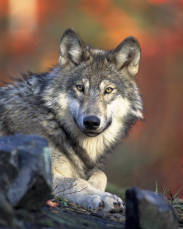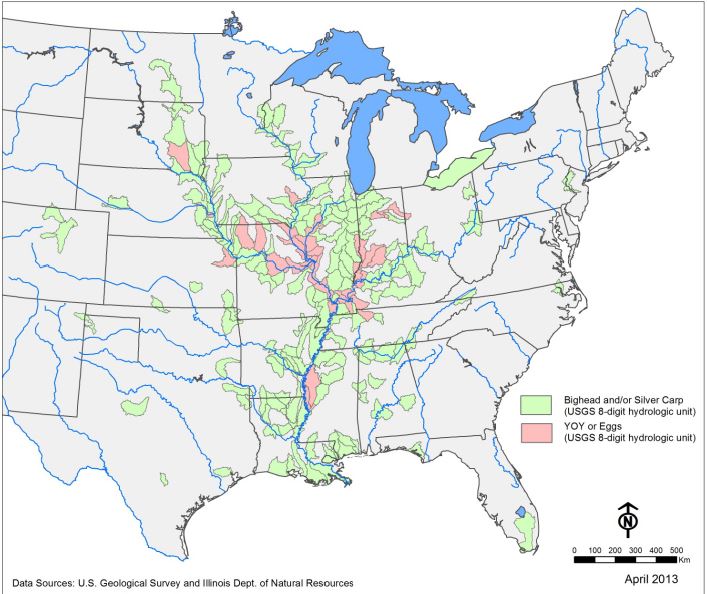 “Asian carp have harmed the ecosystem, the economy, property, and boaters in the Mississippi River system. The diet of Asian carp overlaps with the diet of native fishes in the Mississippi and Illinois Rivers, meaning the carp compete directly with native fish for food,” says the Asian Carp Regional Coordinating Committee website.
“Asian carp have harmed the ecosystem, the economy, property, and boaters in the Mississippi River system. The diet of Asian carp overlaps with the diet of native fishes in the Mississippi and Illinois Rivers, meaning the carp compete directly with native fish for food,” says the Asian Carp Regional Coordinating Committee website.
That website, and other information on Asian carp, emphasize the danger to humans from the carp. The carp are large and jump as high as 10 feet out of the water when startled. Since passing boats startle the fish, they injure boaters.
The focus has been on keeping Asian carp, a term that includes both bighead carp and silver carp out of the Great Lakes, which already has enough invasive species, thank you, and where the carp are expected to do horrible things to the food chain.
This week, however, the bad news is that Asian carp have spread farther north in the Mississippi River. Their eggs have been found as far north as Lynxville, Wisc.
“This discovery means that Asian carp spawned much farther north in the Mississippi than previously recorded,” said Leon Carl, US Geological Survey Midwest Regional Director in a USGS press release. “The presence of eggs in the samples indicates that spawning occurred, but we do not know if eggs hatched and survived or whether future spawning events would result in live fish.”
Read the USGS press release with all the details, here.
Read an article in the Milwaukee Journal-Sentinel, based mostly on the press release here.
Another article, in the Minneapolis Star-Tribune, also leans heavily on the press release. Read it here.
Map: Asian carp distribution, as of April 2013. Map courtesy of Asian Carp Regional Coordinating Committee

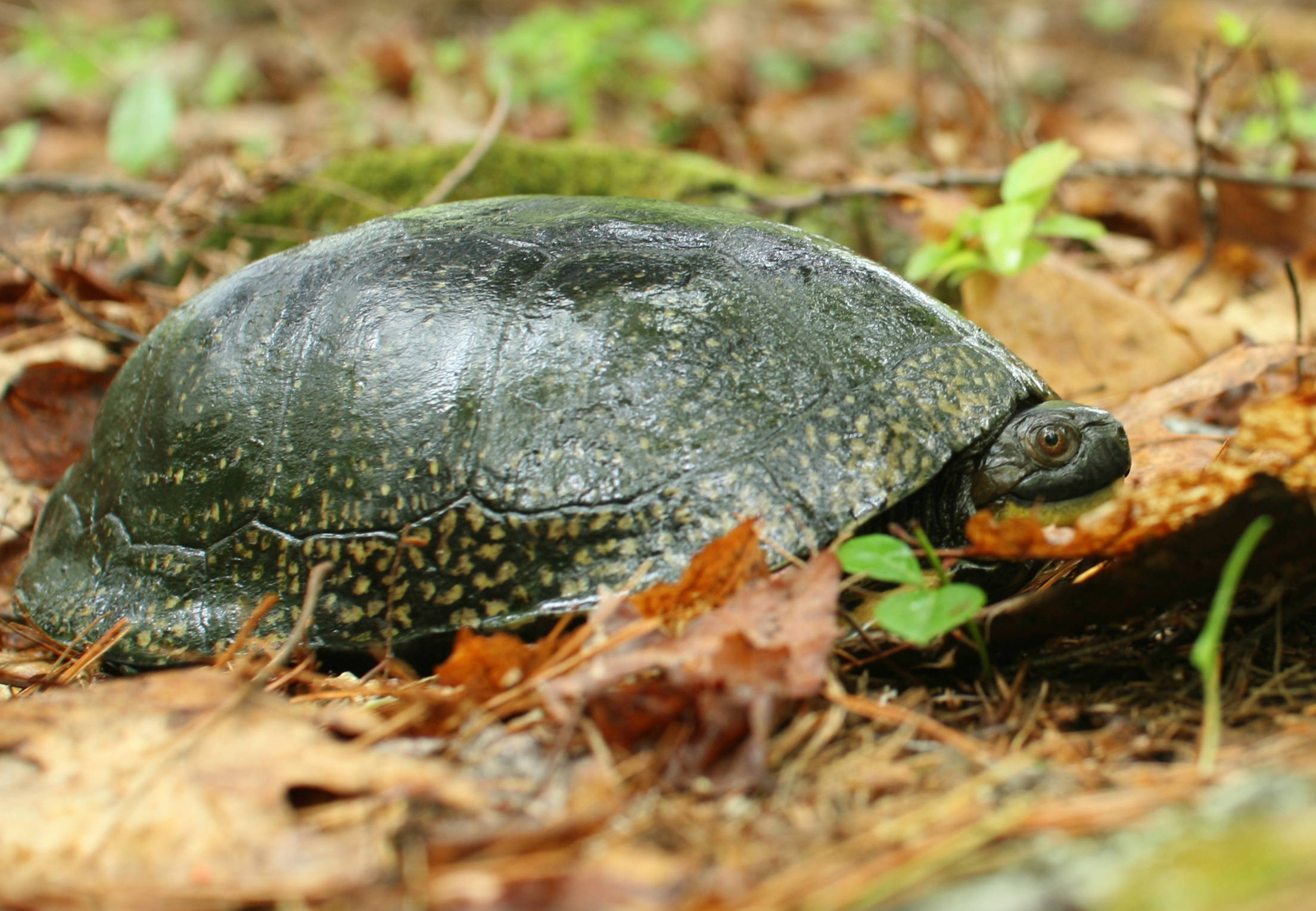 Fifteen native birds, plants and other animals have been removed from Wisconsin’s endangered and threatened species list effective Jan. 1, 2014, says a
Fifteen native birds, plants and other animals have been removed from Wisconsin’s endangered and threatened species list effective Jan. 1, 2014, says a 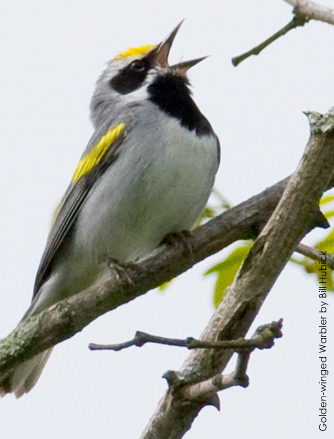
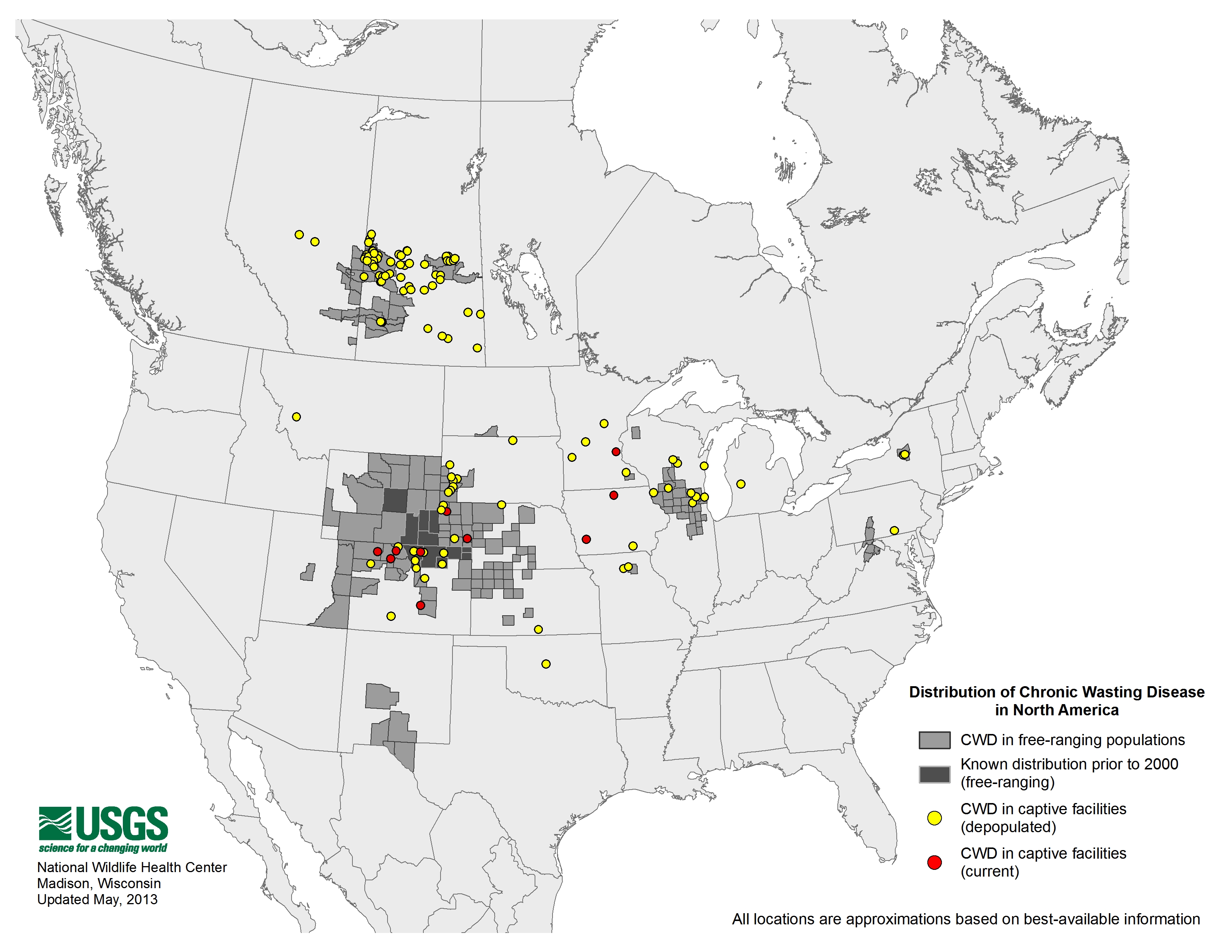 Plants, including crop plants such as alfalfa and tomatoes, may serve as a reservoir for the prions, or misfolded proteins, that cause chronic wasting disease in deer (as well as other prion diseases such as scrapie in sheep, and mad cow disease), reports
Plants, including crop plants such as alfalfa and tomatoes, may serve as a reservoir for the prions, or misfolded proteins, that cause chronic wasting disease in deer (as well as other prion diseases such as scrapie in sheep, and mad cow disease), reports  After 40 years as the Wisconsin Bureau of Endangered Resources, the program charged with caring for that state’s endangered resources is now known as the Bureau of Natural Heritage Conservation. The change took place on July 1.
After 40 years as the Wisconsin Bureau of Endangered Resources, the program charged with caring for that state’s endangered resources is now known as the Bureau of Natural Heritage Conservation. The change took place on July 1.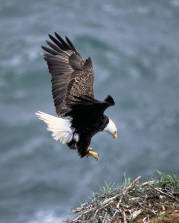 Bald eagle numbers are up in Georgia and Massachusetts, and a Wisconsin county has seen its first bald eagle nest in over 100 years.
Bald eagle numbers are up in Georgia and Massachusetts, and a Wisconsin county has seen its first bald eagle nest in over 100 years.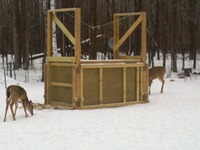
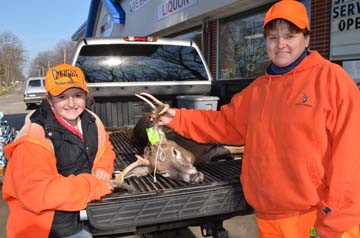 According to the
According to the 
